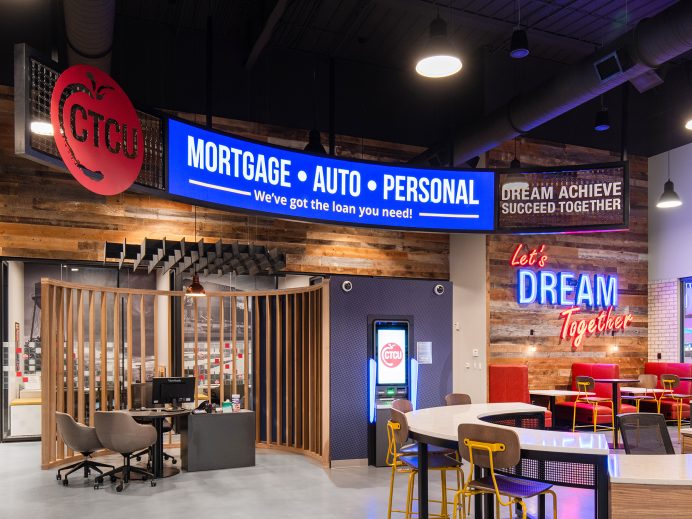
For brands, communicating should be in their DNA, hard-wired into the brand from its conception.
It’s how meaning gets conveyed and how connections get made. Carl Alviani, design strategist and writer, puts it this way: “Human beings have been telling stories as long as there’s been a language to tell them in. We think in stories, remember in stories, and turn just about everything we experience into a story… In a business context, the degree to which a product or communications strategy fits a strong narrative is often the differentiator between success and failure; between ‘Just Do It’ and the also-ran campaign for a forgotten shoe brand.”
So vital is this function, there are countless ways to organize, plan for and think about communicating, yet for us one stands head-and-shoulders above the rest. One of the most powerful models for brand communication is Gini Dietrich’s PESO Model, which we outlined in How to Build Brand Messaging through Channel Communications. More than merely populating a message on a medium, the best brand communicators lean into both channel and communication, uncovering and unleashing the strengths of each, fostering greater brand engagement and experiences.
Understanding how to use each channel is as important as crafting the right message for it. Knowing that an overt sales message doesn’t belong on social comes from a deeper understanding of both medium and message. In her PESO course, Gini Dietrich says, “Typically, the ‘result’ of most communications efforts, is awareness or, at best, proven market leadership and/or increased and unaided brand recognition. In a PESO model you begin to build authority and thought leadership, which allow you to prove your work in an investment versus an expense.”
Shared, Not (Only) Social
With two channels in particular – Shared and Owned – there is a higher level of control and authorship brands can lean on and into. Both build connections and credibility and permit brands to speak directly to their audiences, but they are different in both form and function than Owned media, which is the highest-control channel. While it may be tempting to think of Shared as “social” and totally under brand control, there is a reason Dietrich categorizes as Shared Media and not the more off-handed “social” label. The first step toward leveraging Shared effectively is understanding that it’s a moderated medium.
According to Harvard Business Review, “Social media is usually treated as [a hybrid of] owned and earned. The rationale is that brands own their own social channels and audiences, then try to earn sharing and word-of-mouth. But don’t be fooled. Social media is not owned media.” To understand why Shared is not Owned and shouldn’t be treated as such, think about any social media scandal. The brands at the center of a crisis don’t get to merely shut down negative conversations or moderate them out of existence on social platforms. That’s because the what a brand says on the channel is mediated by both the platform and the audience.
Shared Messaging
With Shared media, brands must balance what they want to say with how the audience will hear it on the platform. Brands surely get direct access to their audiences here, but they’re not in control of conversations around their brand. They can spark dialogue, but shouldn’t exercise dominance over them. They get to have their say – and it is a powerful say – but they don’t get to dictate how others hear them. What they can do, however, is create resonant messaging for the platform. Understanding the purpose of Shared – authentic engagement – and how to use brand voice here is key.




